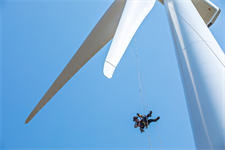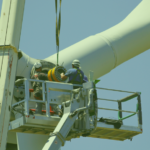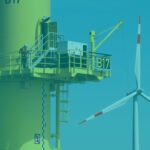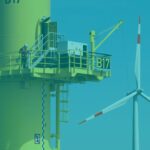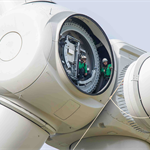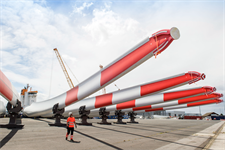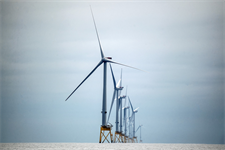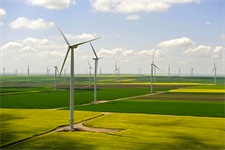How can the wind industry close its ‘workforce gap’?
Energy Disrupter
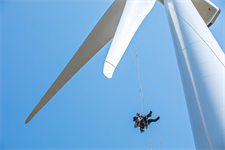
Employers cited a lack of appropriate experience and hands-on training, along with geography as the main reasons behind the wind energy industry’s “workforce gap”. For their part, students and recent graduates identified difficulties in getting relevant work experience and technical training, plus finding job opportunities near where they live or want to live.
“If we are going to meet our targeted wind energy goals, there needs to be a workforce to support the industry,” said NREL researcher Jeremy Stefek, co-author of two new NREL reports on the topic, Defining the Wind Energy Workforce Gap and Defining Wind Energy Experience. The Biden administration has a goal of a 100% carbon-free electric grid by 2035.
The NREL researchers looked at three crucial wind-industry occupations – environmental scientist, power systems engineer, and welder – all of which are in high demand.
“We reviewed job postings to understand the availability of internships and entry-level positions,” Stefek said. “Then, we examined company websites to determine if they offered specific opportunities for internships or other early-career positions.
“Finally, we identified individuals from these or similar companies who were employed in the occupation and evaluated their education and work experience to highlight similarities and differences that might give us some insight into the future wind energy workforce.”
On-the-job work experience – through internships, assistant roles and creating creation graduate-focused programmes –would be helpful, said the researchers. Also, job postings should use clear, consistent language, such as “entry-level” or “junior”.
A central location, such as an industry-wide job portal, would help applicants submit CVs and track their application status. Wind industry players could collaborate more with colleges and universities to incorporate relevant coursework to build candidates’ knowledge.
Employers should also consider factors that aid worker retention, given that power systems engineers and welders have a higher turnover rate than environmental scientists, said NREL.

